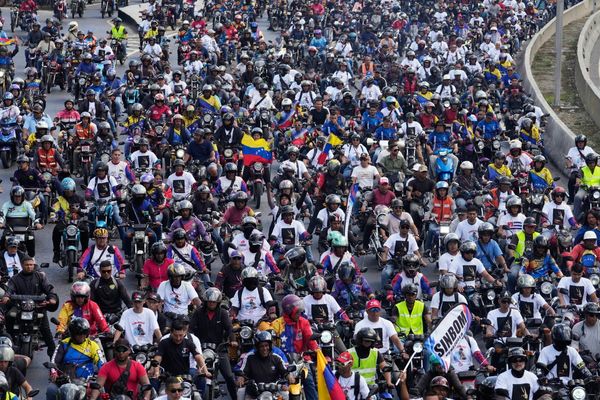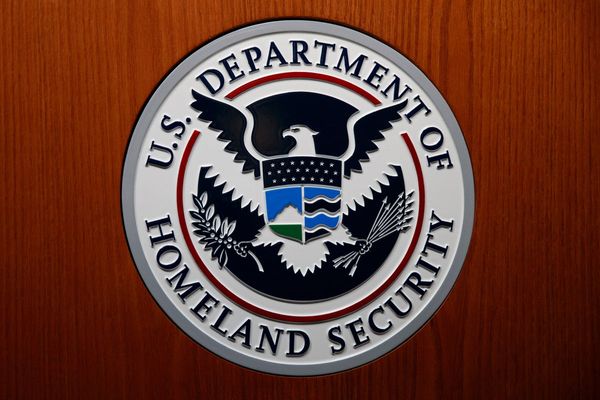
My mother was 42 when she was diagnosed with triple-negative breast cancer, commonly regarded as one of the worst types due to its aggression and difficulty to treat.
I was 12 years old, in my first tender and tumultuous year of high school. My parents largely shielded me from the reality of her disease, but I now know that she was terrified and overwhelmed. She was desperate to remain here with us. Desperate for her treatment – a burdensome blend of chemotherapy, radiation and surgery – to work. Thankfully, it did. Passing years brought a string of clear mammograms and our family’s swell of shock and trauma quietly retreated.

Doctors always ask about family history of disease in passing, but aside from my mother, my family came up “cancer clean”. All four of my grandparents lived to an old age, and none of my uncles, aunties or cousins have received a cancer diagnosis.
But at a postpartum checkup after my son’s birth, one doctor took particular interest in my mother’s age at diagnosis, her cancer type and my general health anxiety. It is a fear that has followed me since an encounter with melanoma at the age of 23. We were referred for genetic testing and I naively assumed it would result in a clean slate and peace of mind.
Instead, we received the news that my mother carries a hereditary fault in her genes known as a BRCA1 mutation. This genetic typo, which is found in about 1 in 400 Australians, stops a certain tumour-suppressing protein from repairing damaged DNA, which can then grow uncontrolled. It raises the lifetime risk of developing breast cancer to about 72%, and ovarian cancer to about 44%. Anyone who carries the mutation has a 50% chance of passing it on to any biological children. We’re still not sure which of my mum’s late parents she inherited it from.
Soon after, a genetic counsellor kindly, but matter-of-factly, gave us the news that I was also a carrier. My older brother, thankfully, was not.
It’s a complex thing, hearing you’re living in a body that’s likely to betray you. But susceptibility is not a diagnosis, after all. As far as I know, I am healthy and cancer-free. Yet it’s difficult to hear that every single cell in your body is faulty without somehow feeling at fault. The truth is this is not my fault, nor my mother’s, nor of any people who have come before her. It’s just bad luck.
It’s been almost three years since I found out. A hamster wheel of scans and freak outs; public waiting lists and shifting surgery appointments; tearful therapy sessions and the painful pursuit of radical acceptance. It’s also been a beautiful time, in which I’ve conceived, birthed and breastfed my daughter, just recently weaning her after 18 months.

I’ve largely come to terms with the hand I’ve been dealt. Now I need to play it.
My path forward is a choice between two (frankly, quite bad) options: anxiously await near-certain cancer in the hope that screenings will catch it early enough to be treatable, or proactively remove the offending organs before my body follows through on its unfortunate fate. The choice for me is obvious, but not easy.
I’m nearing the top of a waiting list for a preventive double mastectomy, which will reduce my breast cancer risk from 72% to 1%. The expectation is 10 hours on the operating table for removal and reconstruction and six weeks of intense recovery. I’ve already had my fallopian tubes removed and my ovaries will follow when I’m closer to 40.
It’s heavy stuff, losing my breasts and ovaries, but I’ve accepted that these decisions – while imperfect – are my best lines of defence against this nagging, latent liability. Skipping the cancer part is an option my mum never had.
We do not yet know if my daughter has inherited the mutation. But I hold on to hope that in 25 years, if she has, her options will be better than mine. That I’ll be here for her, like my mum has been – and still is – for me.
Truthfully, despite it all, I feel lucky.
I think back to the generations of kin who carried this mutation down, who became sick and suffered, left their children prematurely and longed for a path forward like the one I reluctantly tread. I’m absurdly thankful for my place in time. For the unlikely gift of knowing.







